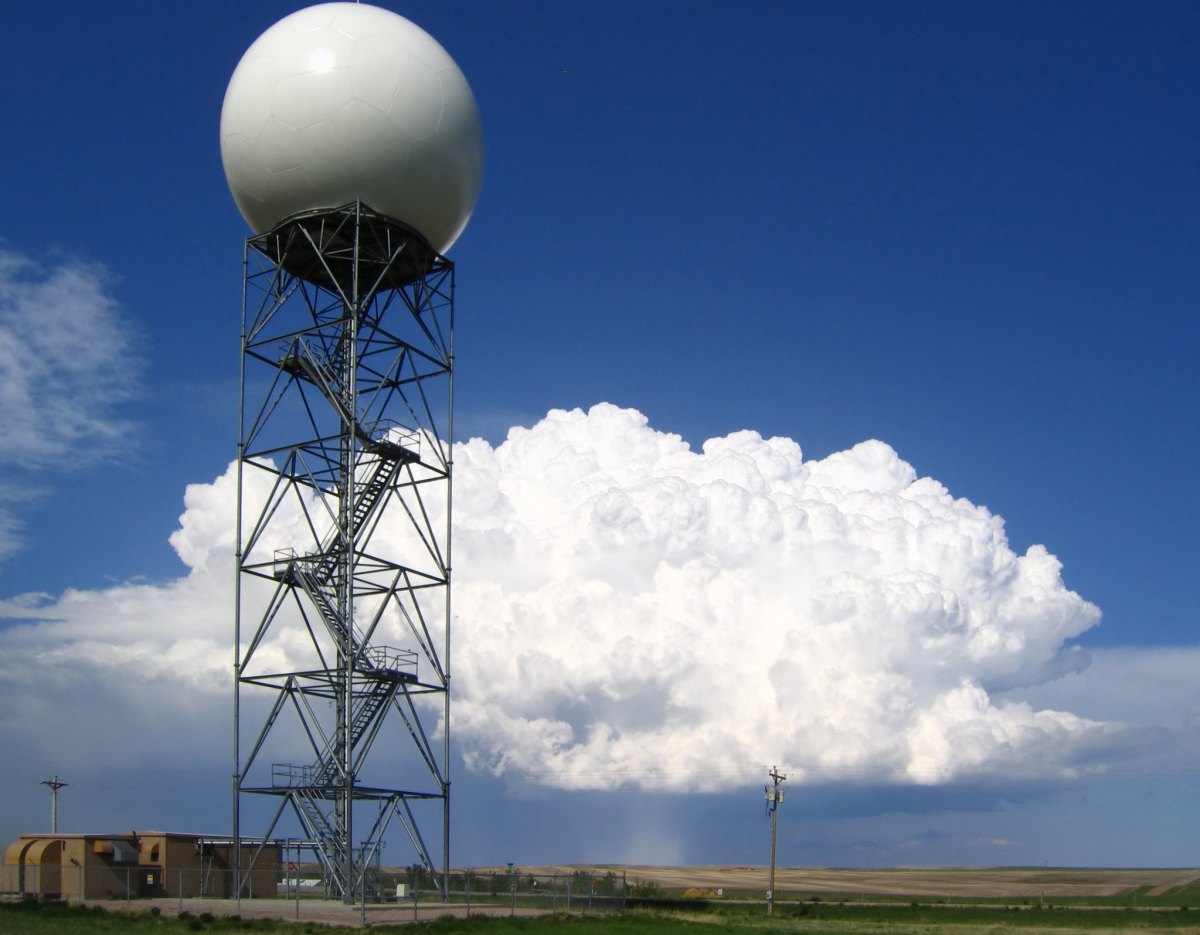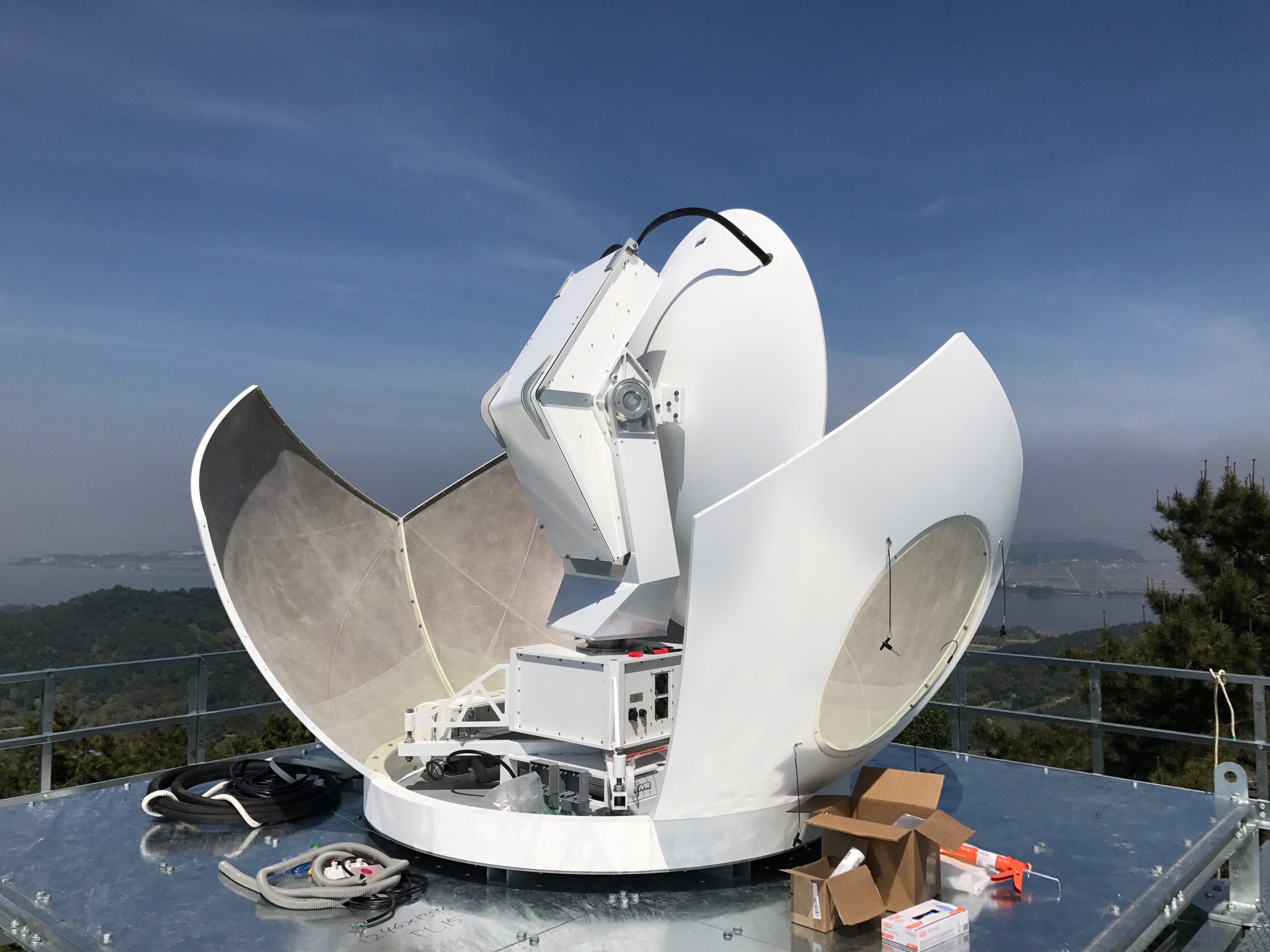Weather Radar Technology
Weather radar is a remote sensing technology that uses electromagnetic waves to detect precipitation and other atmospheric phenomena. The basic principle behind weather radar operation is that when an electromagnetic wave encounters an object, it is scattered in all directions. The amount of scattering depends on the size, shape, and composition of the object.
By analyzing the scattered waves, it is possible to determine the location, size, and shape of the object. In the case of weather radar, the objects of interest are precipitation particles, such as rain, snow, and hail.
There are two main types of weather radar systems: Doppler radar and non-Doppler radar. Doppler radar systems are able to measure the velocity of precipitation particles, which can be used to determine the direction and speed of the storm. Non-Doppler radar systems can only detect the presence of precipitation, but they cannot measure its velocity.
Weather radar data is used in a variety of applications, including forecasting, research, and aviation. Forecasters use weather radar data to track the movement of storms and to issue warnings of severe weather. Researchers use weather radar data to study the structure and dynamics of storms. Aviation uses weather radar data to avoid areas of heavy precipitation and to plan flight paths.
Examples of How Weather Radar Data Is Used in Forecasting and Research
* Forecasters use weather radar data to track the movement of storms and to issue warnings of severe weather. For example, weather radar data can be used to identify the location and intensity of thunderstorms, tornadoes, and hurricanes.
* Researchers use weather radar data to study the structure and dynamics of storms. For example, weather radar data can be used to determine the height of a storm cloud, the size of hail stones, and the wind speed within a storm.
Weather Radar Data Analysis

Weather radar data analysis is a crucial aspect of meteorology, enabling the identification and tracking of weather patterns, prediction of severe weather events, and provision of timely warnings to protect lives and property.
Methods Used to Analyze Weather Radar Data
Several methods are employed to analyze weather radar data, including:
- Reflectivity Analysis: Measures the intensity of radar echoes, indicating the amount of precipitation in a given area.
- Doppler Analysis: Detects the velocity of precipitation particles, providing information on wind speed and direction.
- Polarimetric Analysis: Examines the shape and size of precipitation particles, allowing for the differentiation between rain, snow, and hail.
Identification and Tracking of Weather Patterns
Weather radar data analysis enables the identification and tracking of weather patterns, such as:
- Storms: Radar data can detect and track the movement and intensity of storms, providing valuable information for issuing early warnings.
- Precipitation Areas: Radar data can accurately determine the location, size, and intensity of precipitation areas, aiding in rainfall forecasting.
- Wind Patterns: Doppler analysis can reveal wind patterns, including wind shear and turbulence, which are crucial for aviation safety.
Prediction of Severe Weather Events
Weather radar data analysis plays a vital role in predicting severe weather events, such as:
- Tornadoes: Radar data can detect the characteristic hook echo associated with tornadoes, providing critical lead time for warnings.
- Hurricanes: Radar data can track the movement and intensity of hurricanes, aiding in evacuation planning and disaster preparedness.
- Hailstorms: Polarimetric analysis can identify the presence of large hailstones, enabling timely warnings to protect property and infrastructure.
Applications of Weather Radar

Weather radar, a vital tool in meteorology, extends its applications far beyond weather forecasting. In the realm of aviation, shipping, and agriculture, weather radar plays a pivotal role in enhancing safety and optimizing operations.
Aviation
For aviation, weather radar is an indispensable safety measure. It provides real-time data on weather conditions, enabling pilots to navigate around hazardous phenomena such as thunderstorms, turbulence, and wind shear. This information empowers them to make informed decisions, avoid potential risks, and ensure a smooth and safe flight.
Shipping
In the maritime industry, weather radar is crucial for safe navigation. It assists in detecting and tracking storms, high waves, and other potential hazards. By providing advance warning, ship operators can adjust their course or seek shelter, reducing the risk of accidents and ensuring the well-being of crew and cargo.
Agriculture
Weather radar also plays a significant role in agriculture. It aids in monitoring and predicting weather patterns that impact crop growth and harvesting. By providing timely information on rainfall, hail, and frost, farmers can make informed decisions regarding irrigation, pest control, and harvesting schedules, maximizing crop yield and minimizing losses.
Weather radar provides invaluable insights into the atmospheric tapestry, revealing the intricate dance of clouds and precipitation. For those seeking local updates, wlwt weather offers a comprehensive suite of forecasts and real-time data, empowering individuals to navigate the ever-changing weather landscape.
Armed with this knowledge, we can plan our activities, protect ourselves from storms, and appreciate the dynamic beauty of the heavens.
Weather radar systems have become an indispensable tool for meteorologists, providing real-time data on precipitation patterns. But when it comes to tracking the path of tropical cyclones like Beryl, specialized tools like the beryl path tracker offer an even more granular level of information.
This interactive tracker allows users to monitor the storm’s movement, intensity, and potential impact areas, helping them stay informed and prepared for the approaching weather event. As weather radar continues to evolve, such specialized tools will become increasingly valuable in enhancing our understanding and prediction of extreme weather phenomena.